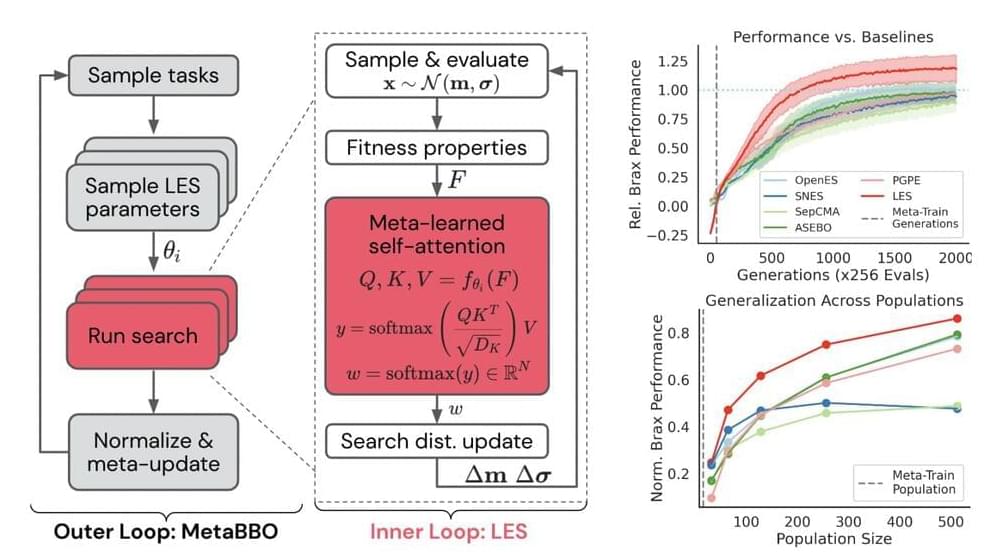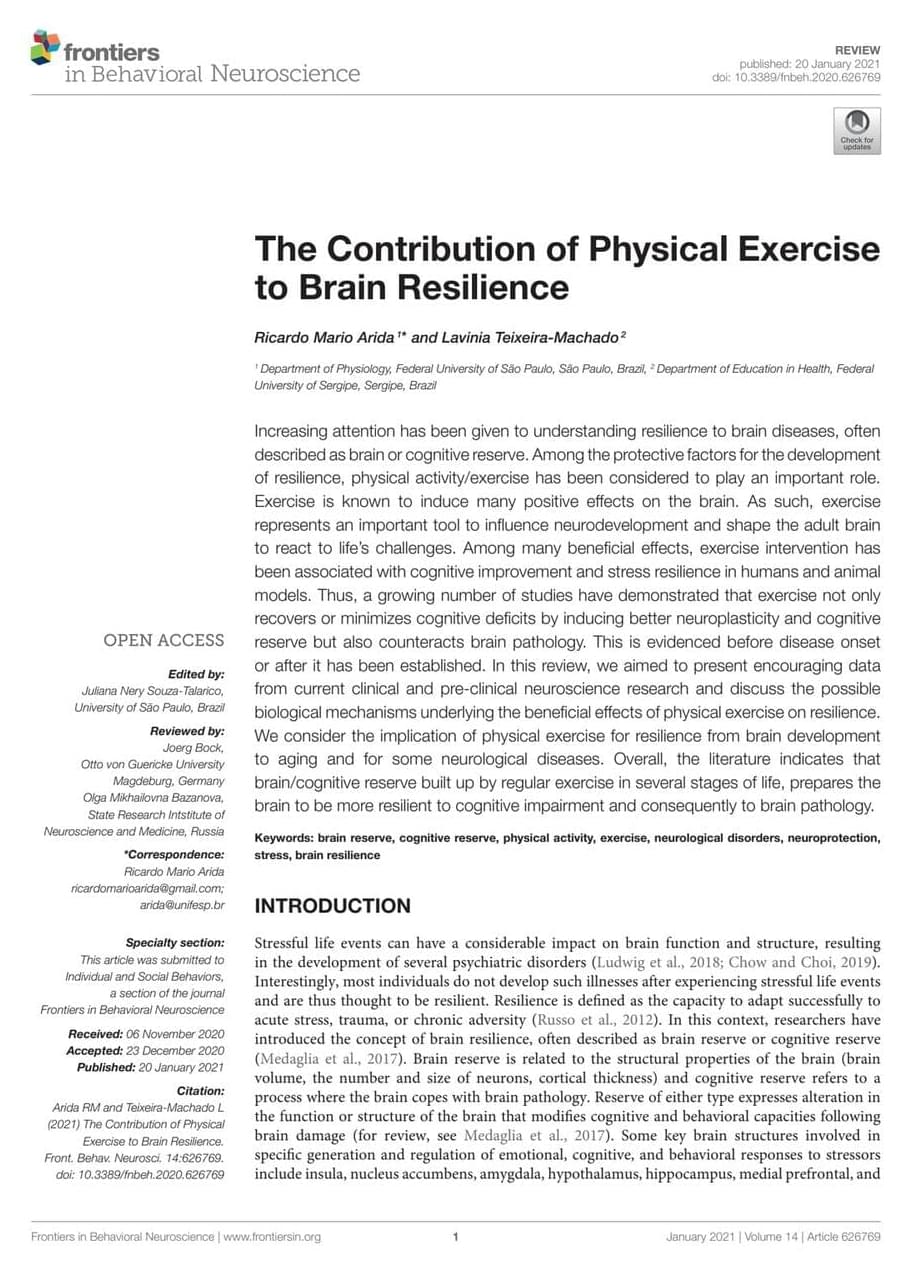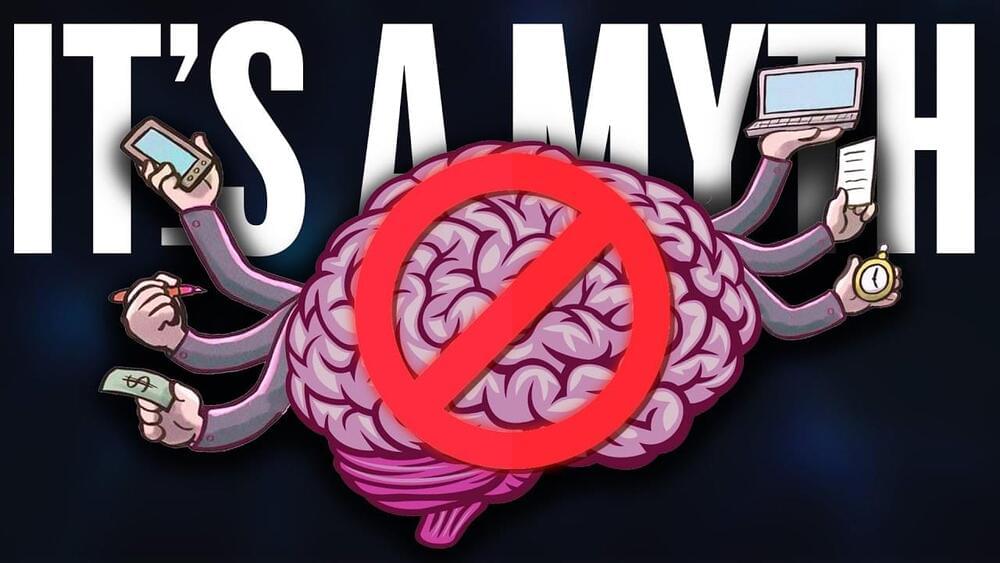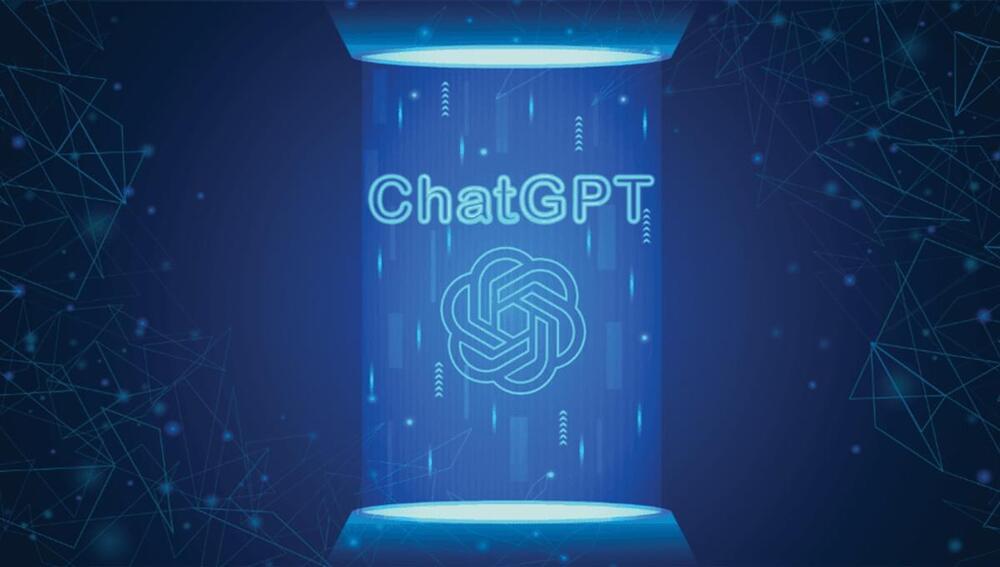“If you want to work from home, like four days of work in your pajamas, go to work for Facebook,” Thomas Siebel, the CEO of C3.ai, told Insider.
Black box optimization methods are used in every domain, from Artificial Intelligence and Machine Learning to engineering and finance. These methods are used to optimize functions when an algebraic model is absent. Black box optimization looks into the design and analysis of algorithms for those problem statements where the structure of the objective function or the limitations defining the set is not known or explainable. Given a set of input parameters, black box optimization methods are designed to evaluate the optimal value of a function. This is done by iteratively assessing the function at multiple points in the input space so as to find the point that generates the optimal output.
Though gradient descent is the most used optimization approach for deep learning models, it is unsuitable for every problem. In cases where gradients cannot be calculated directly or where an objective function’s accurate analytical form is unknown, other approaches like Evolution Strategies (ES) are used. Evolution strategies come from evolutionary algorithms, which refer to a division of population-based optimization algorithms inspired by natural selection. Basically, Evolution Strategies (ES) is a type of Black Box Optimization method that operates by refining a sampling distribution based on the fitness of candidates and updating rules based on equations.
In a new AI paper, researchers from Deepmind, have introduced and developed a new way to use machine learning to learn the update rules from data, called meta-black-box optimization (MetaBBO), to make ES more flexible, adaptable, and scalable. MetaBBO works by meta-learning a neural network parametrization of a BBO update rule. The researchers have used MetaBBO to discover a new type of ES called learned evolution strategy (LES). The learned evolution strategy LES is a type of Set Transformer that updates its solutions based on the fitness of candidates and not depending upon the ordering of candidate solutions within the Black box evaluations. After meta-training, the LES can learn to choose the best-performing solution or update solutions based on a moving average.
On the fifth anniversary of Stephen Hawking’s death, close friend and colleague Thomas Hertog unpacks the trailblazing physicist’s thoughts on the Big Bang’s origins.
Fnbeh-14–626769.Pdf
Posted in health, neuroscience
Contribution of exercise to brain resilience.
Dropbox is a free service that lets you bring your photos, docs, and videos anywhere and share them easily. Never email yourself a file again!
Simulations show that collisions between moons and planets may be a regular danger for possible extraterrestrial life.
The Nobel Prize in Physics 1936
Posted in physics
Was divided equally between Victor Franz Hess ‘for his discovery of cosmic radiation’ and Carl David Anderson ‘for his discovery of the positron’.
Most experts think we have to tweak general relativity to fit with quantum theory. Physicist Jonathan Oppenheim isn’t so sure, which is why he’s made a 5000:1 bet that gravity isn’t a quantum force.
This video explores what attention really is, what role it plays in learning and why people can’t multitask — the issue of attention residue.
OUTLINE:
0:00 — Sneak peek.
0:20 — Introduction.
0:57 — Why we need attention.
1:46 — Thalamus as attentional filter.
3:06 — Higher attentional systems.
3:40 — Role of attention in learning.
4:42 — Attention residue.
6:00 — Conclusions and references.
Socials:
VK: https://vk.com/atpsynthase
OpenAI has released a new version of ChatGPT, claiming that the new language learning model is capable of passing – and even excelling in – a variety of academic exams.
ChatGPT-4, which will be available on Bing as well as the OpenAI website, is more reliable and more creative than its predecessor, according to OpenAI. The team tested the model on a number of exams designed for humans, from the bar exam to biology, using publicly available papers. While no additional training was given to the model ahead of the tests, it was able to perform well on most subjects, performing in the estimated 90th percentile for the bar exam and the 86th-100th in art history.
Just as the previous model was accused of being bad at math, this version struggled more with calculus, scoring in the 43rd-59th percentile.
Using entangled photons instead of classical light gives microscopes super-resolution.









